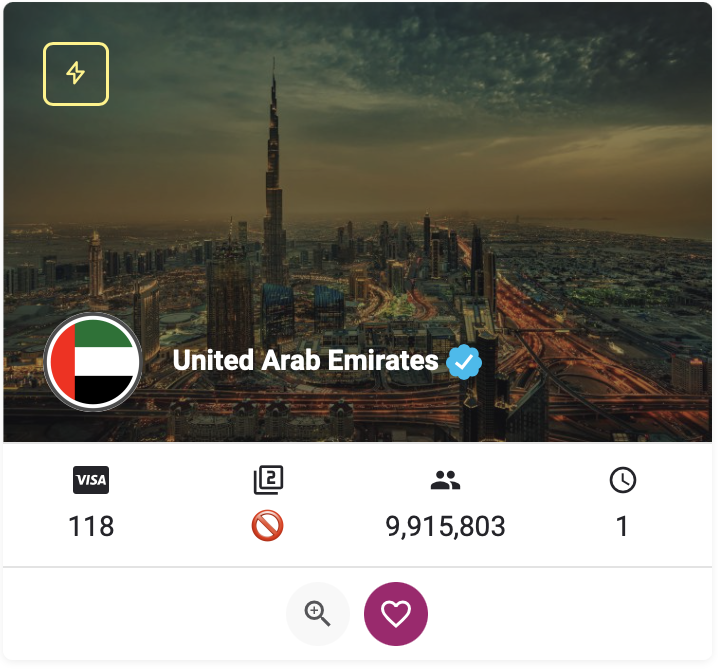The national artificial intelligence platform was unveiled this morning at the Rice Conference Center with the presence of the Vice President of Science.
Iran’s national artificial intelligence platform, with the support of the Supreme Leader of the Revolution, has been realized. Hossein Afshin announced at the ceremony that the plan was initially presented to the revolutionary leader on October 11, and at that time it seemed to be as a dream until March. On the same day, the leader of the revolution asked about the time of the project and emphasized the importance of pursuing the project. Today, this platform is tangible and realized to the Iranian leadership and the people.
Vice President’s Commitment to Developing Processing Infrastructure
He emphasized that the national platform of artificial intelligence is not only a technology project, but a key step in the development of technological justice in the country. This platform is designed to allow it to be used for all children of Iran.
The head of the National Elite Foundation explained about the public access to the platform that students in remote areas and researchers in Tehran will be uniformly benefited from the technology.
Afshin also referred to Iran’s membership in the World AI and said the success was the result of a committed team that had been able to create a strong data processing infrastructure (GPU Farm) in the country.
Planning for the development and exploitation of the national platform of artificial intelligence has also been identified. In the first quarter of the year, product testing and optimization will begin. In the second quarter of the same year, academics and knowledge -based companies will have limited access to these products to carry out complementary and validation tests. The experimental version (beta) will be unveiled in September, and in March, the final and complementary version with wider capabilities and higher stability will be provided.
The Vice President of Science, Technology and Economics of Knowledge Based on the President also announced that five knowledge -based companies were involved in the development process of the national artificial platform. He emphasized that the platform is the starting point of the development of artificial intelligence in Iran and that the step by step will move towards technological independence.
Afshin cited the creation of the great Iranian language model as an important step and explained that it would be completely native and open. He emphasized that the project is not only a technological progress, but it would launch a new age in national technology. This model can reduce the country’s dependence on foreign models, help expand the Persian language into the digital world, and provide a platform for the development of artificial intelligence in various industries in the country.
He also pointed to the design and implementation of artificial intelligence assistants for government cabinet members and explained that the project is being implemented in cooperation with prominent universities in the country. So far, important contracts have been signed with the top five universities in the country. Academic experts are ready to establish a new generation of intelligent management tools in executive agencies by receiving the necessary data from organizations and ministries. In some areas this process has begun and its initial results have been promising.
The head of the National Elite Foundation said the main goal of these artificial intelligence assistants was to increase accuracy, speed and intelligence in decision -making and management of the country. According to him, these tools help the government make their decisions more accurately, more humane and clever.
Referring to the importance of artificial intelligence in the future, Afshin stated that the twenty -first century is the age of technology and that artificial intelligence is at the center of these developments.
He emphasized that moving on the path of technological advances requires accuracy and planning and that no negligence is permissible. According to him, mistakes in some simple technologies may be compensatory, but in a complex area such as artificial intelligence, any error can keep the country back from rapid global development.
Unveiling the initial version of the National AI
Following the event, the director of the Rapid Processing Center of Sharif University of Technology announced the design and development of native artificial intelligence at the university. He explained that the move was carried out with the support of the scientific deputy and aimed at compensating Iran’s backwardness in the region and transforming the country’s artificial intelligence ecosystem.
Hossein Asadi, director of the Rapid Processing Center and representative of the Sharif University of Technology in the National Artificial Intelligence Platform project, examined Iran’s situation in this area over the past five years. He emphasized that Iran has been lagging behind compared to countries in the region and that the native artificial intelligence biomass project has begun in late October this year.
He cited recent studies by Sharif University of Technology, referring to the decline in research articles, the slight growth of patents and the poor development of artificial intelligence companies (only 2 %). However, the global growth of this area has been more than 5 %. According to him, the lack of serious investment in hardware infrastructure and the lack of a centralized platform are the most important reasons for this backwardness.
At the ceremony, the initial version (MVP) was unveiled, and Asadi announced that other parts of it will be introduced at future ceremonies.
He also explained that more than 5 areas of technical knowledge have been used to develop and lead the platform. These include security, architecture, specialized topics of artificial intelligence, technology and business development, service, product development and commercialization.
In the end, the director of the Quick Processing Center presented the project implementation timetable. Accordingly, the limited version of the platform will be available to universities and knowledge -based companies in July next year. The general trial version will be released in September and the final version will be ready by March.
The unique capabilities of the National AI studio studio
Babak Khalaj, head of the School of Electrical Engineering of Sharif University of Technology and the representative of the technical team of artificial intelligence studio, described the overall structure of the National AI and emphasized the importance of the studio. He explained that the technical team has specialized in the development of this sector.
One of the most important parts of the studio is the “Smart Assistant” section, which plays a key role in its performance. The platform studio provides facilities such as selecting up -to -date and native open source blocks, offering extensive models, intelligent interaction with users, access to basic research blocks, creating an ecosystem for sharing research results, providing the necessary infrastructure for processing and storing bulk data, and the possibility of public output publication through the National Intellectual Platform Market.
Referring to the importance of scientific research studios, Khalaj explained that the team has attempted to make the complex and specialized analysis of artificial intelligence understandable to non -specialized users. The project was implemented in collaboration with a university professor in the field of chemistry. While this process usually takes between two and three months for a doctoral student, the team has been able to implement it within a few days.
He also talked about the future path of the project and pointed to the lack of data shortage in the country. According to him, the development of the engine production engine is of great importance. In addition, strengthening the intelligent assistant and using digital twin in various industries will play an important role in the advancement of this technology. Large language models (LLM) and research in the field of small language models (SLM) are also included in the project’s future programs.
RCO NEWS














